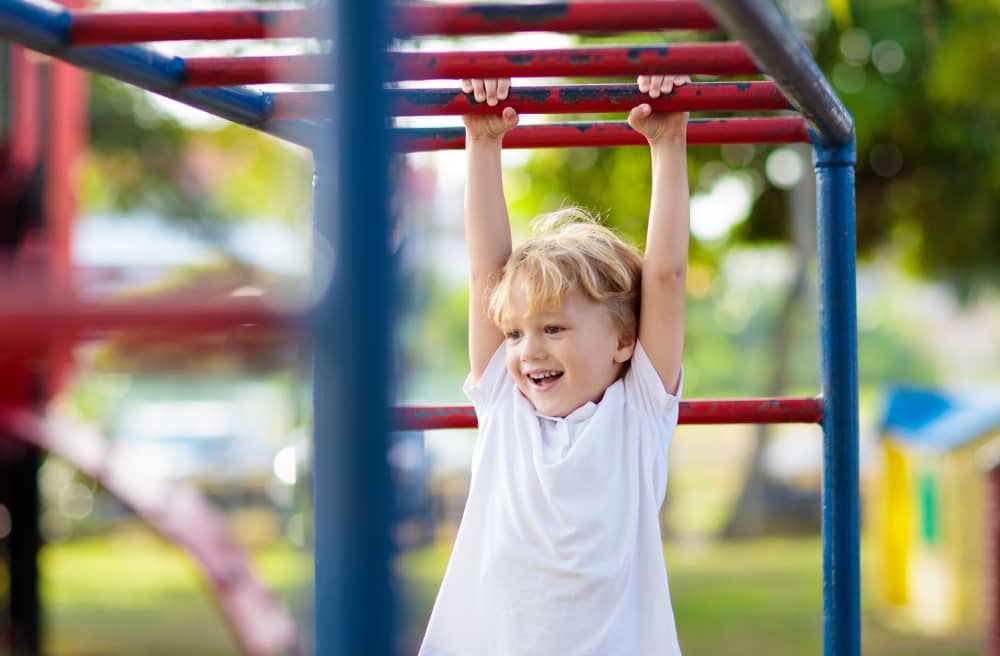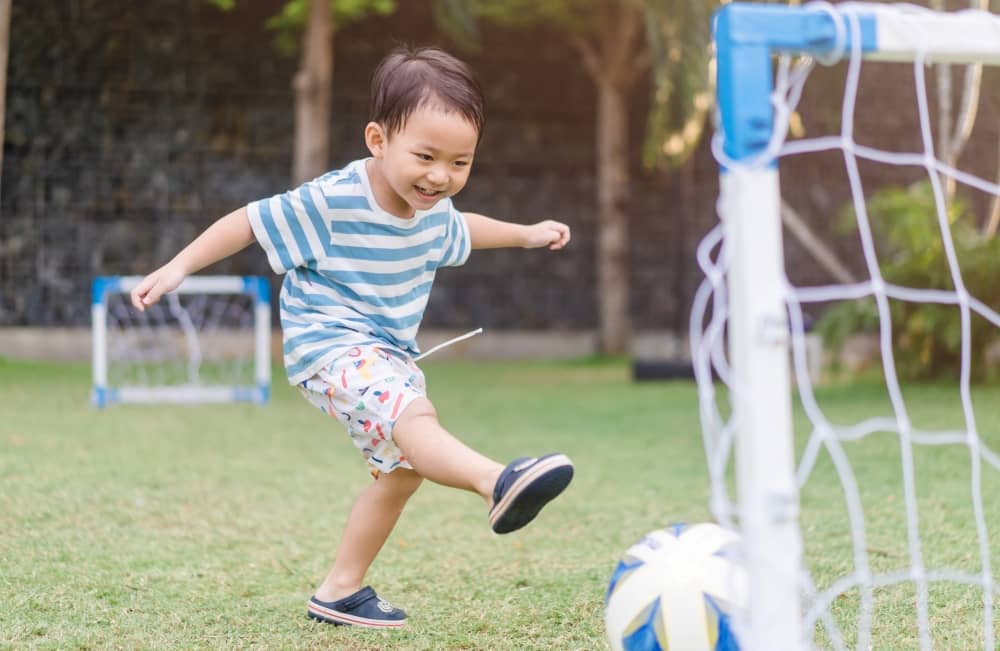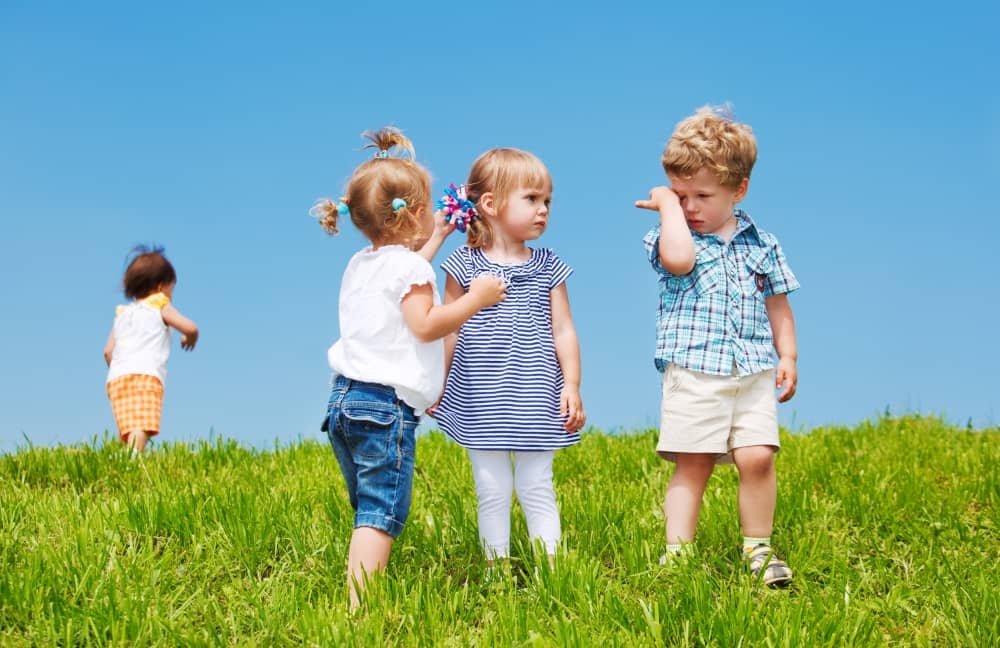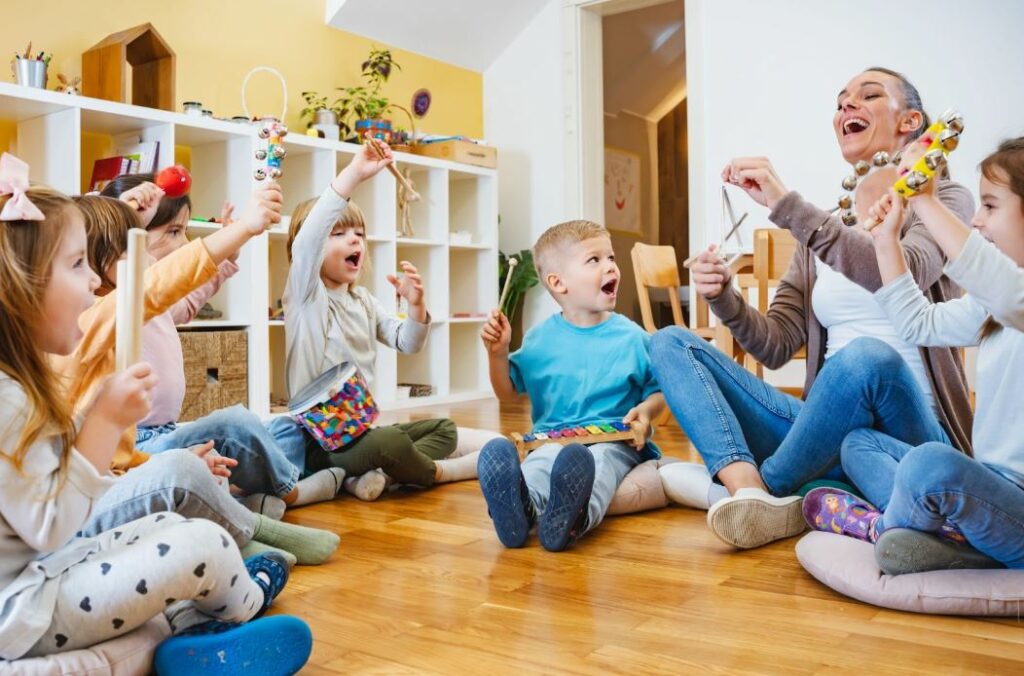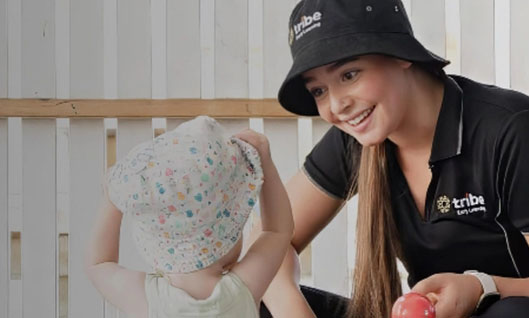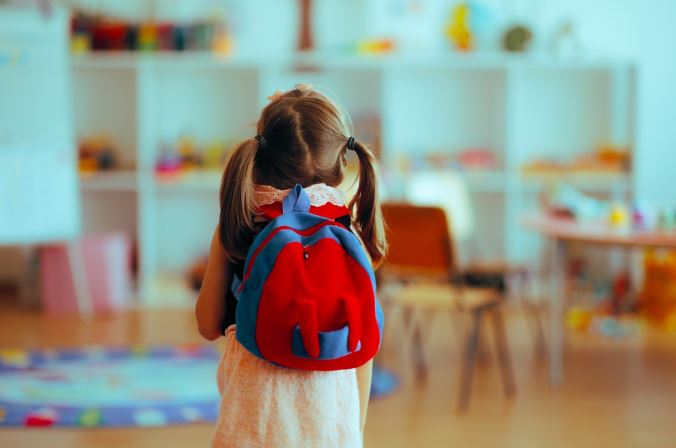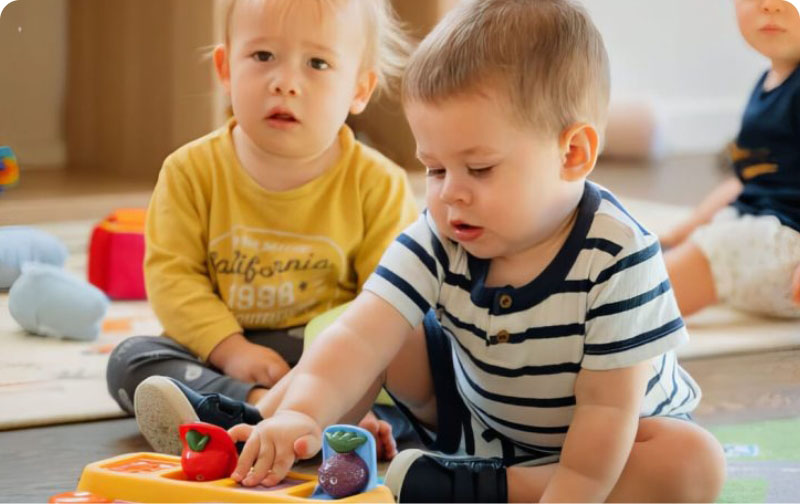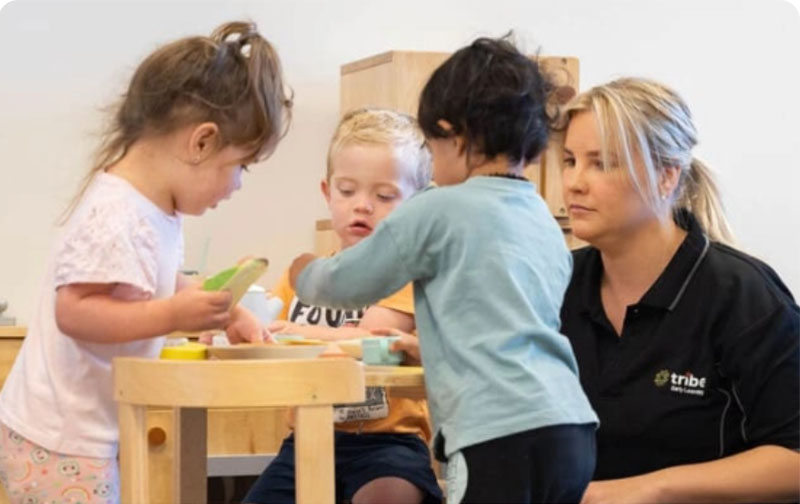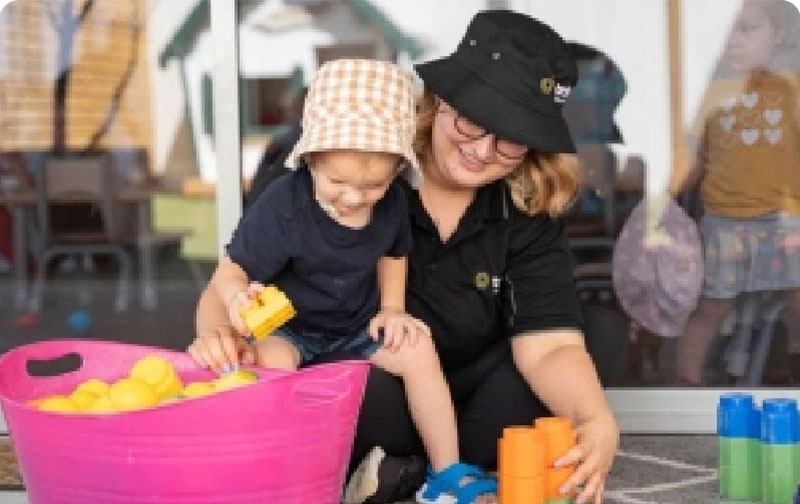Physical activities play a critical role in a child’s early learning development. Parents, caregivers, and teaching professionals should encourage young kids, especially two to five years old, to engage in age-appropriate physical activities that improve their health and well-being.
Studies support the concept of allowing children to run around and play throughout the day not only for their physical health but also for cognitive and social-emotional development.
In this blog, we discuss why it is important to let kids be physically active, along with guidelines and examples of activities to provide a valuable framework for parents and educators.
Benefits of Physical Activity for Children
Kids are naturally playful and active. However, due to smartphones, TVs, and all sorts of devices being omnipresent forces in every household, it is often difficult to encourage children to go out and play. Kids as young as one to five years should engage in regular physical activity daily. Recommendations vary, but the general rule of thumb is at least three hours spread throughout the day.
Physical activities do not have to be made up of structured sports. They can simply be moving around, including walking and exploring the garden. These simple activities promote a healthy and active lifestyle they can maintain towards adulthood.
Here are some key benefits of physical activity for kids aged two to five years old:
1. Physical Development
Staying active can help children improve their health, including their cardiorespiratory fitness. It allows them to build strong muscles and bones whilst keeping their weight in check. Children can be at risk of certain health conditions as they grow, including heart disease, cancer, high blood pressure, osteoporosis, and type-2 diabetes. Being physically active can help reduce their risk of developing the mentioned diseases.
Additionally, physical activities can:
- Build strength
- Increase endurance
- Promote healthy weight
- Prevent obesity
- Improve balance
- Support hand-eye coordination
Physical activities also aid in developing gross motor skills or those involving large muscles. That’s why kids need to run, walk, gallop, catch and throw, climb, and kick so that they can perform their everyday functions. Being active also helps with fine motor skills development, which pertains to small muscle movements and hand-eye coordination.
2. Cognitive Development
Physical activity and cognition go hand in hand, so they are inseparable in early learning classrooms. It triggers the brain to release neurochemicals, including dopamine (motivation and focus), serotonin (mood), and norepinephrine (attention and perception), which are all associated with memory and learning.
Indoor and outdoor play, specifically those that involve problem-solving, decision-making, and planning, improve the development of executive function skills. These activities also encourage kids to explore and be more curious about their surroundings, promoting discovery.
3. Social-Emotional Development
Playing is one way for kids to develop their social skills. Typically, they participate in group activities where they create games that inspire cooperation. This is where they learn to share with their peers, take turns, and become more communicative to express their feelings.
Staying active also builds your kid’s self-esteem. They may make mistakes but eventually learn to avoid those blunders, which allows them to master new skills and activities. This gives them a sense of accomplishment, which therefore boosts their self-confidence.
One more thing about staying active is that it helps children regulate their emotions. We have all seen kids that act out, especially when they do not get what they want. Playing, especially with their peers, will aid in emotion management. As they grow, they will understand and practise self-expression healthily.
Some kids misbehave due to stress and anxiety. Allowing them to engage in physical activities promotes endorphin release, which is a mood booster and stress buster.
4. Other Health Benefits
Adults are not the only ones who can have trouble sleeping. If your child keeps tossing and turning, physical activities like playing outdoors and exploring nature can help regulate their sleep patterns. The result is better quality sleep and a brighter mood upon waking.
Being physically active can also help your child have a more robust immune system, which reduces the risk of illness. It also establishes healthy habits that lay a foundation for an active lifestyle. Since they are usually on their feet, it helps decrease screen time, which they usually spend on electronic devices. That means they can grow up less prone to a sedentary lifestyle.
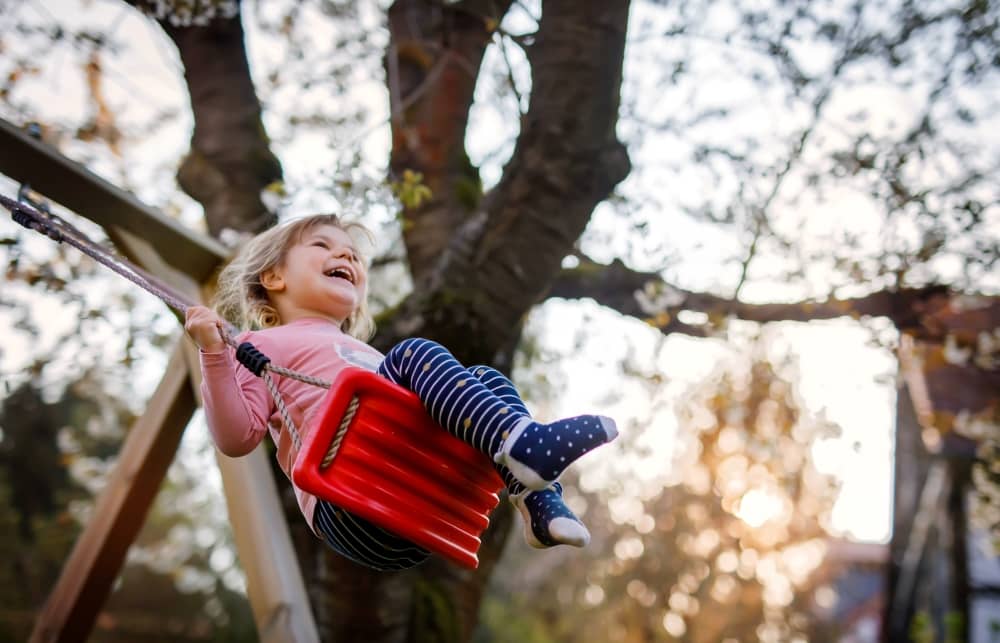
Physical Activity Guidelines for Early Learners
With the benefits enumerated above, it is crucial for parents, caregivers, and educators to create and follow guidelines for physical activity. These guidelines are useful in ensuring kids engage in beneficial and enjoyable play that facilitates their growth and development.
Of course, the guidelines vary depending on the needs of the child, age, and temperament. Children have their interests and abilities, which is why building guiding principles based on those factors is helpful.
Here is a guide for physical activities that support the development of young learners:
Birth to 12 Months
Parents are encouraged to interact with their infants daily with physical activities that allow them to investigate their environment. They can crawl, explore, and stimulate their senses in safe settings where being physically active is facilitated. There should be no restriction on their movement, especially for an extended period.
Educators and professionals responsible for the infants’ well-being should know about the ways to improve a child’s movement skills. They can guide infants to move and lift their heads, kick and reach for an object during tummy time, and play and roll on the floor. Educators need to give every infant one-on-one attention, carrying them to new environments whilst at the facility. Parents should do the same when at home.
Infants enjoy peek-a-boo and other repetitive games, which enhance their familiarity. Verbal interactions, such as babbling and cooing, are also entertaining for infants. They also try to mimic the sounds, which helps them learn to communicate early.
1 to 3 Years
Toddlers generally benefit more from structured physical activities. Early learning facilities promote at least 30 minutes of play every day with the support and direction of a caregiver or educator. Apart from structured play, toddlers should engage in at least an hour of unstructured physical activity. This pertains to activities that allow them to play and move freely.
Longer time is dedicated to unstructured play than structured activities, mainly because toddlers have a very short attention span and spurts of energy. They are usually more interested in playing freely with no instructions from adults.
Physical activities for toddlers should promote the development of movement skills. These are the building blocks for performing more complex tasks. Early learning centres have indoor and outdoor areas that are safe for kids to explore and play. The activities should be focused on improving the large muscles to increase strength, endurance, and flexibility.
Recommended activities will depend on the age of the child. Here is an example:
- 12-18 Months: Crawl up and down the stairs, walk with assistance, clap hands, and push and pull objects
- 18-24 Months: Walk on uneven surfaces, stand on one foot, and run
- 24-30 Months: Run, stand on tiptoe, climb, jump, and chase other kids
- 30-36 Months: Ride four-wheeled toys with pedals, jump and run
It is useful for educators to provide planned activities every day for at least 30 minutes. They can learn through movement, such as climbing the stairs and exploring their environment. With close supervision, they can play outside and discover their little world.
